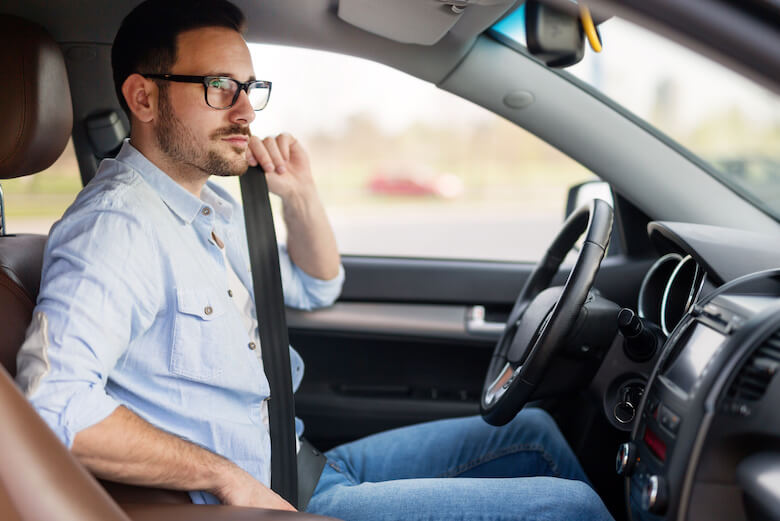When you’ve been driving for many years, it’s safe to say you don’t exactly drive the way your driver’s license manual wants you to. Over the years, you developed your own driving habits, and slip into autopilot when driving regular routes like your commute. Sure your car tags are up to date, and you keep up with your oil changes, but driving safety isn’t always at the forefront of your drive. You probably don’t adjust your rear-view mirror every time or buckle up right before hitting the gas pedal. Instead, you may wear your seat belt once your car alerts you too, or at the first stop sign you encounter.
Use eTags© to Quickly Complete Your DMV Service. Renewals, Title Transfers and More, All Online!
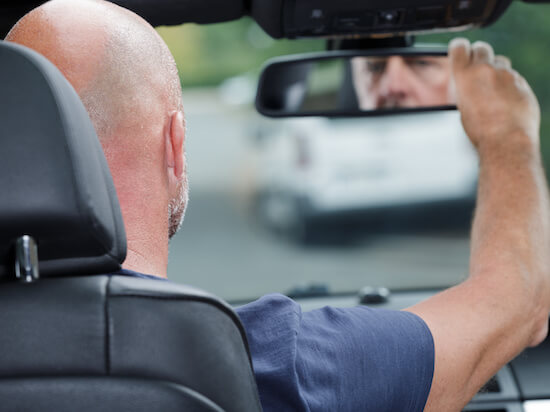
Experienced drivers don’t always have driving safety top of mind
After decades of being behind the wheel, you’re an experienced driver. So you’re less diligent and less anxious about driving than you were as a teenager. But more than 38,000 people die in crashes every year in the U.S. California, Florida, Illinois, Georgia, and Arizona had the most fatalities in 2019, according to the National Highway Traffic Safety Administration. Keep reading for a refresher course on the importance of defensive driving, and road safety tips that even experienced drivers like you can forget.
SEE ALSO: OLDER DRIVER SAFETY, QUESTIONS TO ASK YOURSELF OR AN AGING PARENT
About 2.2 million people are injured in motor vehicle crashes each year in the U.S.
Practice defensive driving
Just like the term describes it, you’re on the defensive when behind the wheel. Instead of reacting, your defensive driving behavior allows you to anticipate hazardous situations on the road so you have enough time to adjust your driving safely. Even as an experienced driver, you should practice more defensive driving. Assume other drivers make mistakes and always be on guard despite adverse conditions.
50 mg of diphenhydramine, a popular over-the-counter antihistamine, can impair your driving more than a BAC of 0.10%
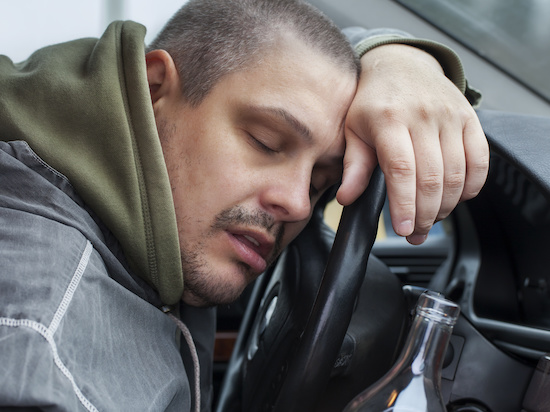
Aside from mistakes, don’t forget other drivers can be impaired. They may be driving drunk or less alert due to prescription medication. Every day about 800 people are injured in a drunk-driving crash. They may be tired and feeling drowsy. In fact, in 2017, 91,000 police-reported crashes involved drowsy drivers. These crashes led to about 50,000 people injured and nearly 800 deaths. And don’t forget, you’re also sharing the road with people who have varying levels of driving experience.
By 2016, USA today reported that the percentage of traffic deaths where at least one driver tested positive for drugs has nearly doubled over a decade
Always look ahead, far ahead
When you’re driving, look far down the road ahead of you to see what’s coming well in advance. Coming to a stop or changing from one lane to another takes quite a distance to achieve, if you don’t know what’s coming up you can’t ensure you make your move safely. Good drivers look at the distance they’ll be traveling for 12 to 15 seconds. At high speeds like on the highway, that’s about a quarter of a mile. So, shift your focus between what’s coming up and what’s right in front of you.
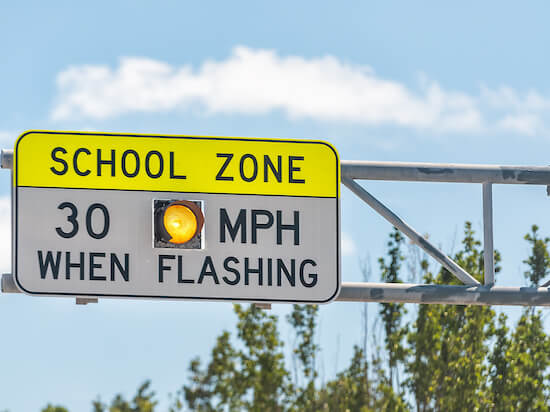
Scan for emergency vehicles, brake lights from other cars, motorcycles around you, pedestrians if you’re in a local zone, road work, car crash, and other things that can help you anticipate a hazardous situation. As an experienced driver, you should always give yourself time and space to react to risks on the road.
Maintain the right speed all the time
There are various speed limits in various areas. A higher speed on highways, lower one in school zones, and more in between. When you drive fast, you have even less time to react to hazards on the road. Resisting to hit the gas pedals also allows you to maintain the right space between you and other vehicles, as well as bicyclists. You don’t want to be tailgating anyone. Speeding reduces the ability of road safety structures like guardrails, impact attenuators, crash cushions, median dividers, and concrete barriers to protect vehicle occupants in a crash.
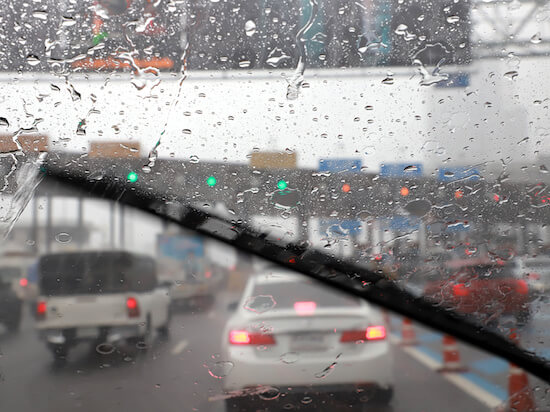
In 2019, speeding was a factor in 26% of all traffic fatalities, killing 9,478, or an average of over 25 people per day
Driving at the right speed limit makes you safer in inclement weather. Fresh rain makes the roads slippery and at a higher speed you risk hydroplaning which can lead to a crash. In 2019, speeding was a factor in fatal crashes for 19% on wet roads according to the NSC. Weather-related vehicle accidents kill more people annually than large-scale weather disasters. In fact, 17% of all vehicle crashes happen during winter conditions.
Wear your seat belt on every drive
Buckle up every time you get behind the wheel. Not just on long drives, not just when your carpooling children, not just sometimes. All the time, since seat belts save lives! In the case of a crash, if you’re buckled up you have more chanced to ride out the accident and not be ejected from the vehicle. Air bags provide added protection, but aren’t a substitute for seat belts.
If you buckle up when driving or riding in the front seat, you cut your risk of a fatal injury in a crash nearly in half. In 2018, 89.6% of drivers and passengers in America used seat belts, which saved about15,000 lives. The national use rate for set belts was 91% in 2019. In some states, a police officer can pull you over for not wearing a seat belt and give you a ticket. That’s called a primary enforcement seat belt law.
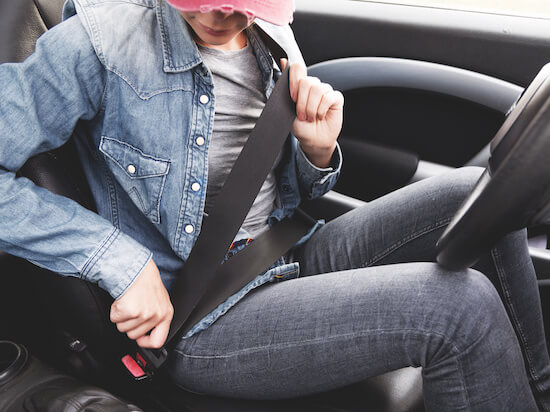
In other states, only if you’re pulled over for another offense and police officer realizes you’re not buckled up can they give you a ticket for not wearing a seat belt. As of September 2020, 31 states didn’t a primary enforcement law covering all seating positions.
